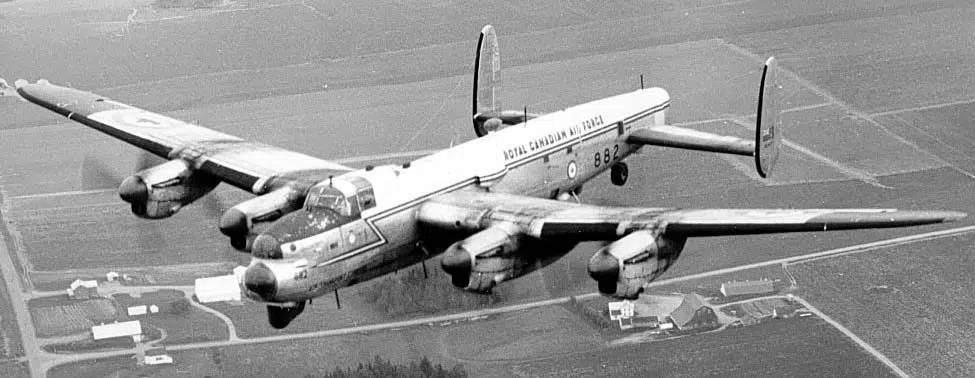They were once a major part of Canada’s Second World War efforts, but the number of training fields across the country is continuing to dwindle.
At its heyday, there were 107 airfields, with three locations in the Quinte region, where air crews from Britain, Canada, Australia, and New Zealand were trained to fight against Germany as part of the British Commonwealth Air Training Plan.
Former tailgunner Hank Jackson, who’s now 100, was trained at a base in Manitoba, but recently made a visit to an airfield in Claresholm, south of Calgary.
“I like to see these, there’s something about it. There’s a few places with some of the old buildings left, not much but it brings back a lot of memories and it makes you feel good just to think that you went through this stuff once and a lot of people never got the chance.”
Jackson says during the 32 missions he was part of, he always knew death was a possibility.
“There’s no way I could’ve gotten out of that turret because you were upside down and didn’t know where the hell they were anyway so I always thought well if it was going to happen, make it pretty bloody quick I don’t wanna go down in flames like most of ’em seemed to do.”
Karl Kjarsgaard, the curator of the Bomber Command Museum of Canada in Nanton, Alberta, says saving what’s left of the fields is important. He says there wouldn’t have been a major bombing raid on Germany without the program.
“For me as a historian the British Commonwealth Air Training Plan is one of Canada’s greatest achievements in over 150 years of Confederation.”
There were 130,000 air crews trained at the bases, more than half of them Canadian.
Military facilities in the Quinte region were very involved in World War II training efforts with the Flying Instructor and Central Flying schools being located at CFB Trenton.
There was an Instrument Navigation School near Deseronto and an Air Armament School and Bombing and Gunnery School at Mountain View. Picton was also the location for instruction in bombing and gunnery.

Camp Picton. (Photo: Quinte News)






